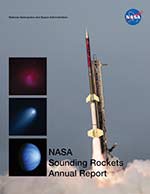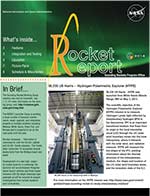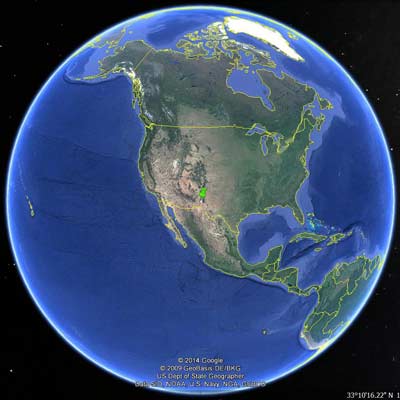
36.245 UH FIGUEROA/NORTHWESTERN
Micro-X
- Mission
- Vehicle
- Launch
- Photos
Micro-X combines a high-energy-resolution X-ray microcalorimeter with an imaging mirror to obtain the first imaging X-ray microcalorimeter spectra from an astronomical source. As a photon is absorbed in a microcalorimeter and its energy converted to heat, the resulting temperature rise can be measured by the resistance change of a Transition Edge Sensor (TES). These microcalorimeters need to be cooled to temperatures of about a hundredth of a degree above absolute zero to function properly.
The first flight of Micro-X was designed to investigate the plasma conditions (such as temperature, electron density and ionization) and the velocity structure of the Cassiopeia A Supernova remnant (SNR). The aim was to obtain high-resolution X-ray spectra (14,000 counts collected in 326 seconds at 6-10 eV resolution across the 0.2 - 2.5 keV band) to helpt ascertain the temperature and ionization state of the X-ray emitting gas in Cas A, as well as study individual bright plasma knots within the remnant.
In addition to performing the first scientific observation with TES microcalorimeters in space, the Micro-X program will also aid in the understanding and development of future flight qualified microcalorimeter systems for larger orbiting missions.
The detector worked as anticipated during the first flight but the pointing system was unable to lock onto the target.
The Principal Investigator is Professor Enectali Figueroa/Northwestern University.
The Black Brant 9 is a two stage sounding rocket with a Terrier first stage and Black Brant second stage. The Black Brant 9 can reach altitudes of about 600 km. Payloads weighing from 400 to 1200 pounds can be flown.



